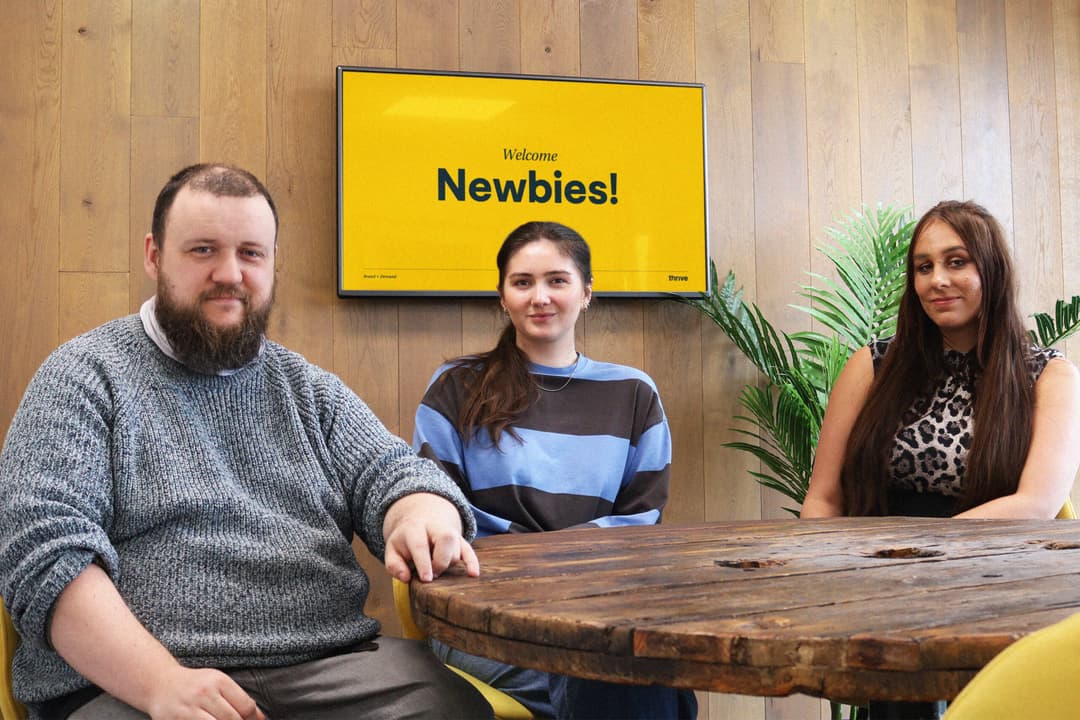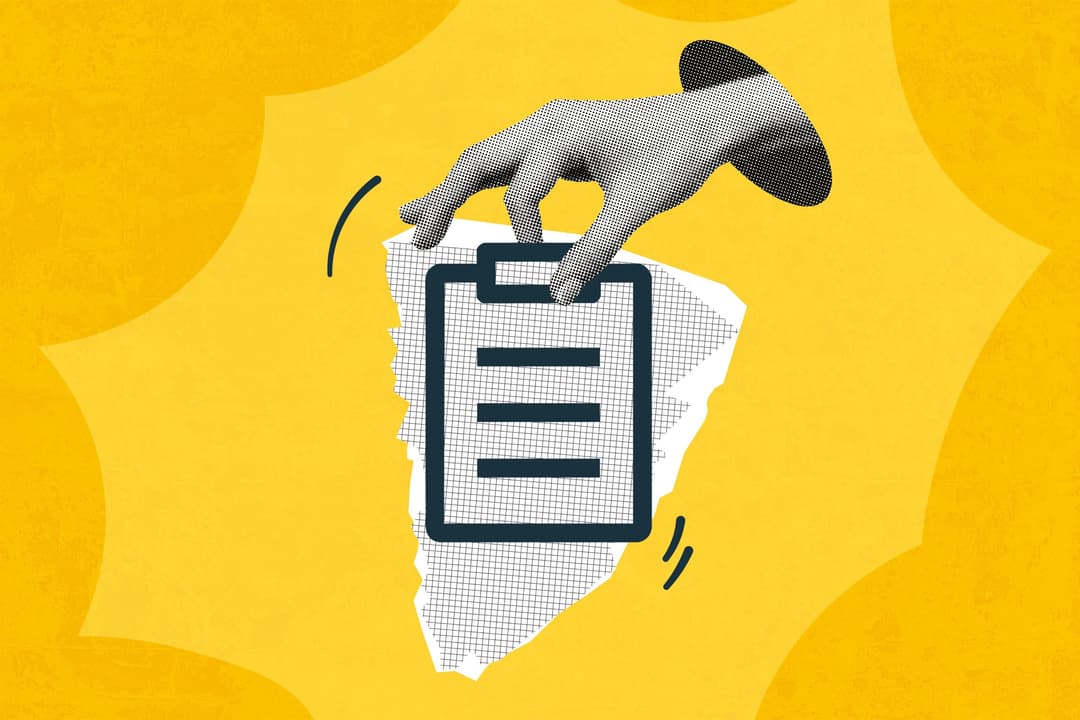Wait, what did you say?! The importance of legibility.
3rd October 2025

As designers, we’re often celebrated for our creativity and our ability to bring ideas to life visually. But where would we be without a good font?
Fonts that transform simple text into stories and can turn design into an unforgettable experience. They carry personality, emotion, and tone. A font can shout with confidence, whisper with elegance, bounce with energy, or show calm professionalism. Before anyone has even read a single word, the font has already set the mood, especially when it comes to a brand’s logo.
However, when font choices compromise legibility, they can unintentionally sabotage the message your brand is trying to convey. That’s exactly what happened recently when Keiran, one of our designers, swapped a rainy day in Congleton for a (still rainy) long weekend in Barcelona. While exploring, he came across the sign for a retail store called Ulanka, though at first glance, it rather unfortunately read as “Wanka.” Not what you look for when shopping for a new pair of shoes.
The logo was probably designed with style in mind, but the chosen type made the “ul” resemble a “w.”
This kind of misread matters. A logo is more often than not the first thing people notice and remember. If it’s misread, potential customers may not only miss the name entirely but might remember it incorrectly, and for all the wrong reasons.
To avoid situations like this, it’s essential for designers to test typography in real world contexts. In our studio, whenever we work on logo or branding projects, we make it a habit to print our concepts out and have multiple team members review them. This process helps catch potential issues early and creates a positive and collaborative environment, which pushes the work to achieve the best possible outcome for our clients.
Upon returning, we looked into it further and discovered that others had noticed the same issue, and that Ulanka had previously updated their typography to address it. Unfortunately, it seems nobody told our designers that!
In short, this serves as a friendly reminder that legibility isn’t optional. It’s the difference between being recognised for all the right reasons and being remembered for the wrong ones.







